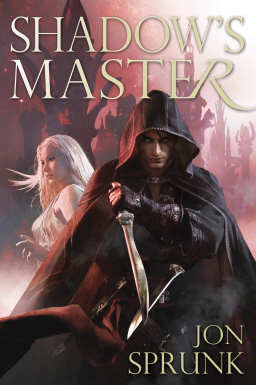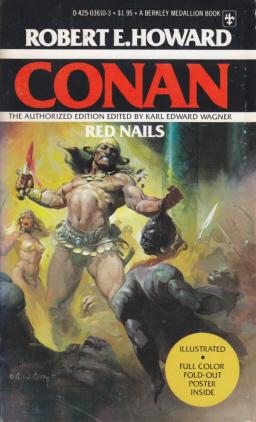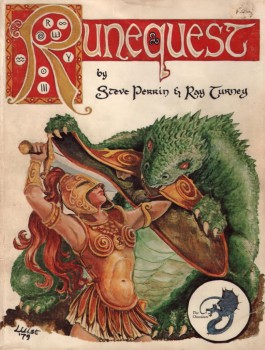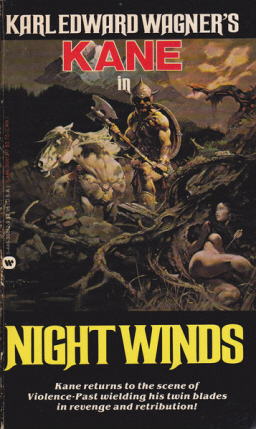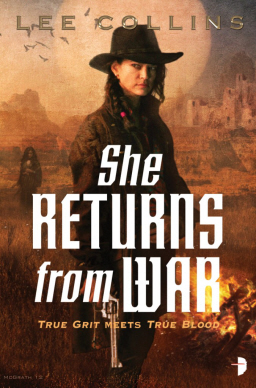Goth Chick News: New Indy Horror — Skinwalker Ranch
 I’m not saying the world is over the whole handheld camera, first person horror thing.
I’m not saying the world is over the whole handheld camera, first person horror thing.
I mean, as long as Paranormal Activity 4 can take a $5M production budget and turn it into $54M in box office receipts, we will continue to be treated to a format that was once a novelty, but now needs to be really impressive to get serious audience attention.
Or attention at least.
Skinwalker Ranch may or may not fit the bill.
The premise is solid enough. Skinwalker Ranch, also known as Sherman Ranch, is a property located on approximately 480 acres southeast of Ballard, Utah, that is allegedly the site of paranormal and UFO-related activities. Its name is taken from the “skin-walker” of Native American legend.
And yes, it is a real place.
Claims about the ranch first appeared in the Salt Lake City, Utah Desret News back in 2006 and later in the alternative weekly Las Vegas Mercury as a series of articles by journalist George Knapp. Knapp and co-author Colm Kelleher subsequently authored a book, Hunt for the Skinwalker, in which they describe the ranch being acquired by the National Institute for Discovery Science (NIDSci) to study anecdotal sightings of UFOs, bigfoot-like creatures, crop circles, glowing orbs, and poltergeist activity reported by the former owners of Sherman Ranch.

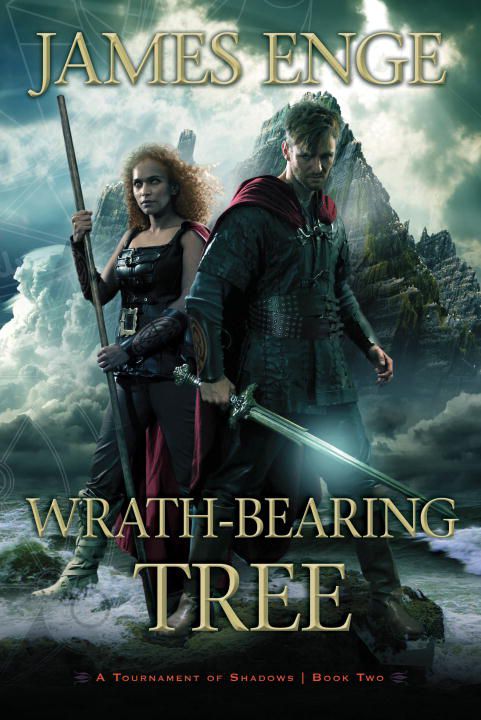 The first time I saw a James Enge novel on the shelf of my local bookstore, I broke into a little dance of jubilation. I’d been reading Enge’s short stories about Morlock the Maker in the pages of Black Gate — this was when BG had literal paper pages — and it was news to me that Enge had made the leap from short fiction to novels.
The first time I saw a James Enge novel on the shelf of my local bookstore, I broke into a little dance of jubilation. I’d been reading Enge’s short stories about Morlock the Maker in the pages of Black Gate — this was when BG had literal paper pages — and it was news to me that Enge had made the leap from short fiction to novels.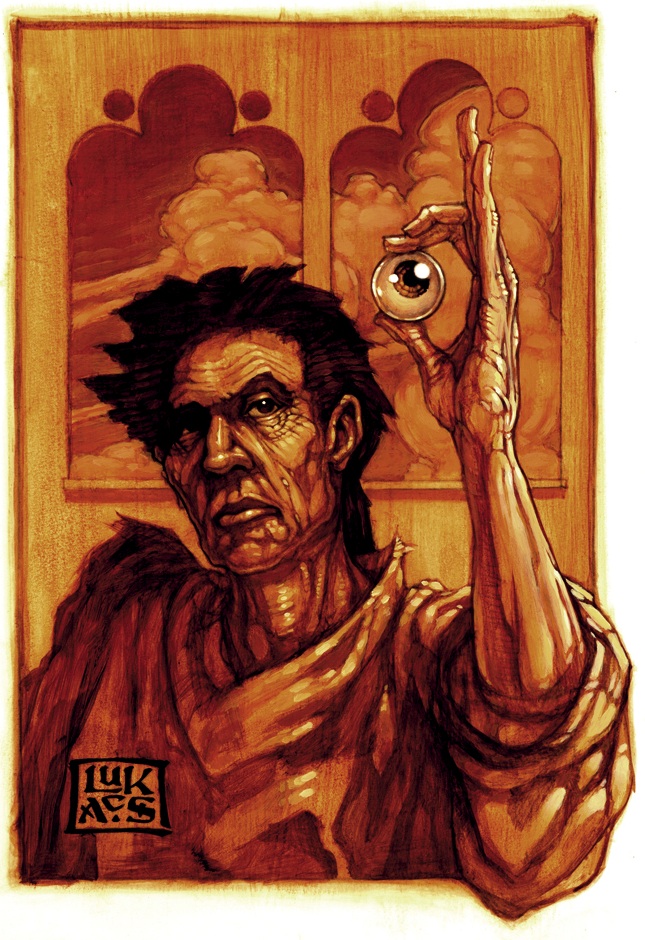 Over the next few years, Enge followed Blood of Ambrose with This Crooked Way and The Wolf Age, and it turned out the one thing better than a Morlock novel was a whole trilogy of Morlock novels.
Over the next few years, Enge followed Blood of Ambrose with This Crooked Way and The Wolf Age, and it turned out the one thing better than a Morlock novel was a whole trilogy of Morlock novels.